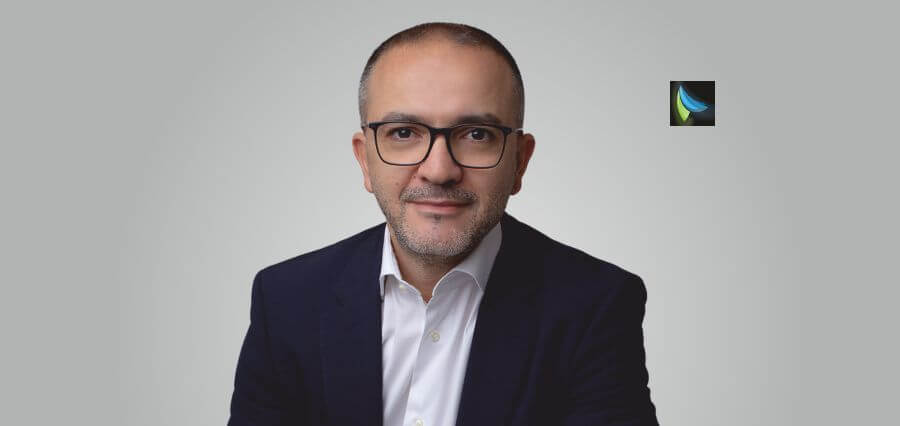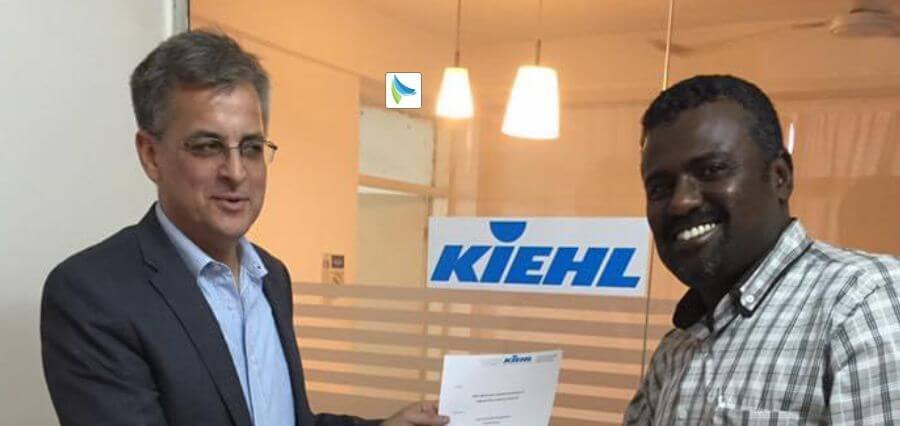There is an implicit trust that health professionals, as well as patients and families, place in the medical devices and instruments they use. They attach it to various body parts of the patient with the expectation that the materials used in the making of the device will not be harmful to them.
It is critical that any or all materials are medically safe for patients or doctors to use. It was Jacqueline Anim who was the first to coin the phrase ‘All Materials are not equal.’ She called upon the other professionals in the MedTech industry to start separating medical materials from non-medical ones.
Anim is a subject matter expert with more than 28 years of experience in the industry. She currently holds the position of Sr. Principal Materials Engineer at Ethicon, a part of Johnson & Johnson’s MedTech division. Anim is a strong operation professional who is highly skilled at collaborating and leading research & development teams.
Ethicon has 100 years of history of standing along with healthcare professionals to improve and save lives. Its surgical technologies and solutions include sutures, staplers, energy devices, trocars, and hemostats, along with interventional ablation, robotics, and digital solutions.
In an exclusive interview with Insights Success, Jacqueline Anim gives us an inside look at the MedTech industry and shares how she is influencing change through her expertise.
Below are the highlights of the interview:
Jacqueline, please describe for our audience your professional journey up until now.
I started as a Process Engineer in the Materials Engineering Group at Delphi in 1994. Over the period of next 15 years, I climbed the ladder at the organization while holding several leading positions on the way. In 2009, I took the position of Senior External Manufacturing Engineer at Ethicon, Johnson & Johnson’s MedTech division. I have worked in various different departments here, from External Manufacturing to Life Cycle to R&D. Currently, I am the Senior Principal Materials Engineer at the R&D Materials department.
What challenges did you face along the way?
After obtaining my graduate education in Chemical Engineering, I had the opportunity to join the interior division of General Motors then called Inland Fisher Guide, which later became Delphi. While there, I noticed that we had databases full of validated materials (plastics, coatings, textiles, etc.). These materials had a designated specification, such as GMP.PC.001 pre-approved for interior component molding.
However, upon joining the Medical Device industries, I quickly realized there were no such systems, which necessitated the urgent need to establish a material data management system in MedTech at JNJ. I am now looking to scale it out across the entire industry.
What significant impact have you brought to the MedTech industry?
I used one of the numerous conferences and MedTech trade show events to call upon the industry to segregate medical materials from non-medical alternatives. I also coined the phrase “All Materials are not made equal” to emphasize the fact that there are indeed materials that are not intended for patients contacting medical devices.
Recently, I also created and led the very first north America Medical Grade Consortium to discuss a guideline for defining medical grade materials for the entire MedTech industry with over twenty-five industry collaborators i.e., Trinseo, EMS, DuPont, Americhem, RTP, SHPP, Covestro, Nusil-Avantor, Foster Corporation, Avient, Celanese, Evonik, Invibio, Clariant, Victrex, Liveo, Solvay, Sabic, Moldex3D, just to mention a few.
Tell us about Johnson & Johnson and its foundation pillar.
The foundation pillar for JNJ is Our Credo. At JNJ, our first responsibility is to the patients, doctors, and nurses, to mothers and fathers who use our products and service. In meeting their needs, everything we do must be of high quality.
What is the next big thing in MedTech?
As you may know, the MedTech space is a continuum ecosystem. Technologies that are intended for other markets are now finding their way into medical devices e.g., with the introduction of robotic and digital surgery, there has been an influx of use of composite braided articles, spun material, and insulating tapes. Crane and cable assembly materials, e.g., non-SVHC are in high demand. It almost seems like the custom cable/ wire solution is in short supply. The process of customization requires extensive material selection, such as compliance to UL 94 ratings of V-2 or better and diverse sterilization techniques.
What is your take on technology’s importance, and how are you leveraging it?
Technology is inevitable as there are now systems and infrastructures to support it, for e.g., 5G, cloud storage, etc. enables the movement of large data at the speed of light. If we had a reason in the past to procrastinate, that limitation has been removed. In my area of interest, it’s difficult to draw a firewall between collaborator and competition since we all leverage from the same sources. Thus, unless the material is customised, the material manufacturers will make it available to other OEMs in the same classification of end-use. There is no technology secret anywhere as the high-volume sale has a favourable influence on the price per pound.
What will be the next significant change in the MedTech industry, and how are you preparing for it?
The next disruption change in MedTech is medical material segregation and standardization guideline compliance for regulated material suppliers. This has been a gap and a significant industry unmet need, but we are working to close this gap. This new approach will trickle down to all the material databases and libraries to enhance intuitive segregation and selection.
What are your goals in the upcoming future?
My focus is on the collaborating to release the universal medical material guideline for short-term patient contacting applications and premedical packaging.
What advice would you like to give the next generation of aspiring business leaders?
One area that is seeking for attention is design for end-to-end sustainability. This is a call to the Materials and MedTech industry to add this pillar in the product design process up front and not after the fact.



















